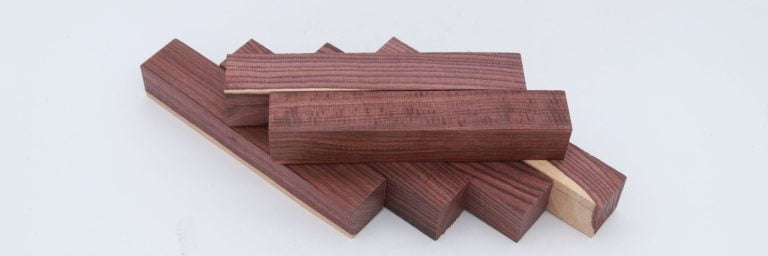Kingwood
Stunning, but with some heart rot (visible in image).
R1,247.75
Out of stock
Out of stock
Additional information
| Weight | 3.2 kg |
|---|---|
| Dimensions | 99 × 16 × 1.95 cm |
| Grade | AB |
| Piece Type | Live Edged Board |
| S2S | Yes |
Search With Filters
PENKINGWOOD1001
2
x 2 x
13 cm
Kingwood Pen Blanks
Price is for one blank
Discounts may apply if you take five or more
Blanks will be minimum 13x2x2
Available in All Heart or Half Sap, Half Heart.
Heart colour can vary from deep reddish to purplish.
R92.00












